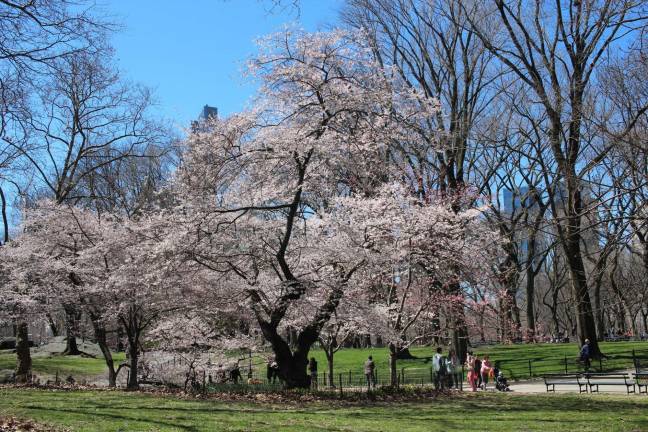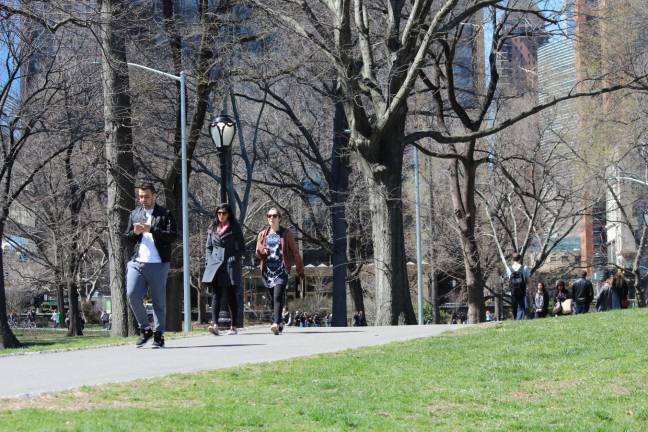As we hope for warmer weather over the next few weeks, we will also see a surge in allergy symptoms in children and adults due to pollen allergies. Allergic rhinitis is common, estimated to affect between 10 to 30 percent of the population worldwide, and the prevalence has been steadily increasing. In New York City, spring and fall are the most common seasons that people are symptomatic, due to tree and weed pollens respectively. In the spring, the common tree allergens include oak, birch, maple, and elm; in the fall, ragweed is the trigger. Typical symptoms of allergic rhinitis are nasal congestion, itchy, sneezing, runny nose, and watery/itchy eyes. This can cause difficulty concentrating at work or school, headache, fatigue, and irritability. Other symptoms that occur especially in asthmatics include cough, wheezing and/or shortness of breath.
For anyone suffering with these symptoms, the first step is to visit an allergist who can review your history and environmental exposures, and perform a physical examination. A blood test for specific IgE antibodies or a skin prick test can identify which environmental allergens are pertinent. Once the diagnosis is confirmed, the allergist will advise how to avoid potential allergens and recommend treatment with antihistamines, nasal sprays, saline rinses, and eye drops. Many of these medications are available over the counter, but consulting with an allergist can help determine which ones will be most effective.
Approaches to reduce symptoms depend on the type of allergen and degree of exposure. For certain indoor allergens, such as roach and dust mites, the approach focuses on reducing exposure by avoidance, use of dust mite encasings, and proper cleaning. Pollen — a fine powdery substance produced by trees, grasses, weeds used to fertilize other plants of the same species — is more difficult to avoid, since we spend a lot of time outdoors. Tips include staying indoors, shutting the windows when pollen counts peak — usually mid-morning and when windy conditions stir pollen into the air. Rainy days reduce pollen counts in the air short term.
You can plan your day by visiting websites that track the local pollen counts. Wearing sunglasses and hats outdoors helps to reduce the amount of pollen getting into the eyes and hair. Contact-wearers may need to switch to glasses on occasion, as pollen can stick on the lens and continue to cause eye symptoms if not washed out. Wear a mask if you absolutely must do yard work.
Another strategy is allergy immunotherapy given by an injection and, more recently, orally. This is a useful treatment for someone who may have year-round allergy symptoms, finds it difficult to avoid triggers, or has side effects from medications. This treatment is typically done over three to five years and desensitizes you to allergens, thereby reducing allergy and asthma symptoms. The effectiveness depends on the length of time on treatment. Immunotherapy reduces the need for medications, and the effects are long-lasting when the treatment is completed.
Dr. Shradha Agarwal is an Assistant Professor, Department of Medicine, Division of Clinical Immunology, at Mount Sinai Health System

